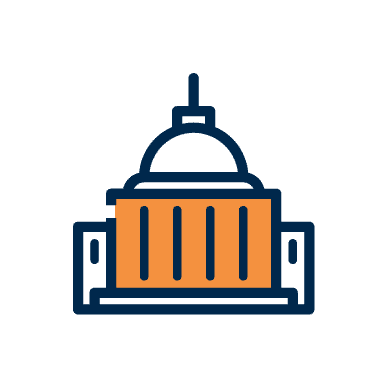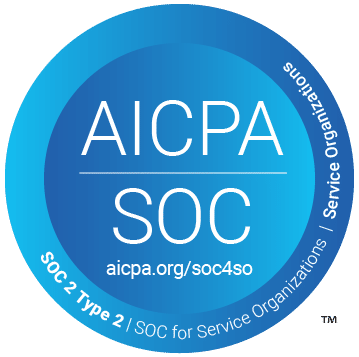Positive Numbers: Highlights of the 2016 Spring Report from the HHS OIG
One thing evident in the recently released Spring Report for 2016 from The Department of Health and Human Services’ Office of Inspector General is this: the country’s fight against healthcare fraud shows legitimate promise.
The Semiannual Report submitted to the Congress shows that between October 1, 2015 and March 31, 2016, the OIG has incurred an expected recoveries amounting to $2.77 billion. This figure indicates %65 increase from the previous year’s (October 1, 2014-March 31, 2015) $1.8 billion. For the nation’s taxpayers, this means that more and more of their hard-earned money are being recovered by the government from the hands of dishonest entities and individuals. Meanwhile, for public healthcare recipients, this means that more and more funds get to be returned to the healthcare cash basin.
Broken down, the $2.77 billion expected recoveries is comprised of:
- Recoveries through audits ($555 million from the previous Spring Report’s $544.7)
- Recoveries through investigations ($2.2 billion from the previous Spring Report’s $1.26 billion)
-$163 million recoveries were made through the efforts of the HHS’ Health Care Fraud Strike Force, constituting 87 charges and 100 criminal actions.
In terms of the nature of the cases that warranted these expected recoveries, the 2016 Spring Report indicates that criminal actions dropped from last Spring Report’s 486 to the current year’s 228. Inversely, civil actions rose from last year’s 326 to this year’s 383. The rise in civil action cases means an inevitable rise in Civil Monetary Penalties (CMPs), which has already seen an upward trajectory over the past three years, increasing five times, and whose growth is projected to reach bigger proportions in FY 2016.
From October 1, 2015 to March 1, 2016, the OIG has banned the participation of 1,662 individuals and entities from all government-funded healthcare programs. This number dropped from last Spring Report’s 1,745 individuals, which, from a positivist point of view, could only be interpreted thus: fewer and fewer people are trying to commit fraudulent and abusive acts against the government’s health care programs and their recipients.
http://oig.hhs.gov/reports-and-publications/archives/semiannual/2015/sar-spring15.pdf





































